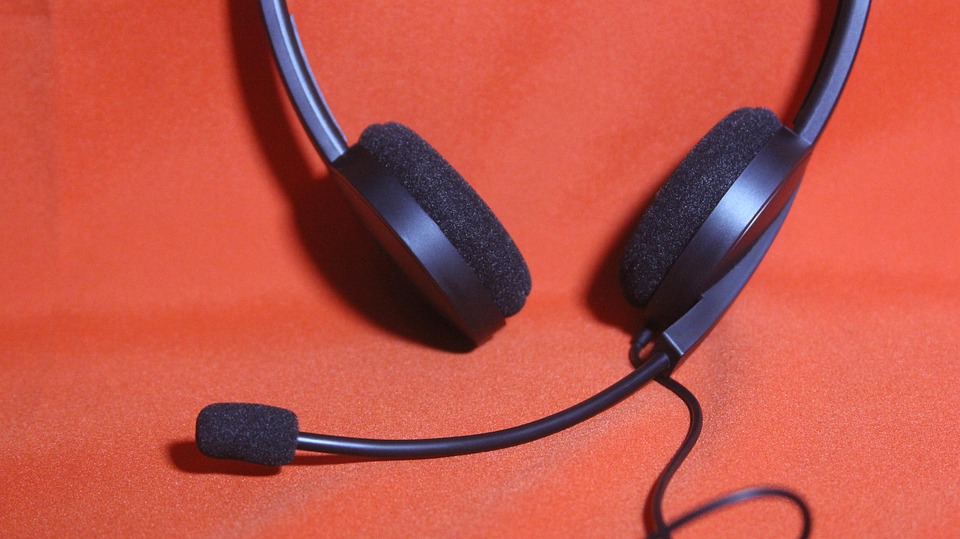In today’s fast-paced world, headsets have evolved into essential tools for personal entertainment, remote work, and immersive gaming experiences. With advancements in technology, they now come with a variety of features designed to meet diverse consumer needs. Whether you’re a frequent traveler, an audiophile, a gamer, or someone who simply enjoys listening to music, understanding these features can help you make the right choice. This ultimate guide will delve into the most important headset features, from noise-cancellation to wireless connectivity.
1. Noise-Cancellation Technology
Active Noise-Cancellation (ANC)
Active Noise-Cancellation (ANC) is a standout feature for those looking to immerse themselves fully in audio or silence external distractions. ANC works by using microphones to pick up ambient sounds and then generates sound waves that are the exact opposite to cancel them out. This is especially useful in noisy environments like airplanes or crowded cafes.
Passive Noise Isolation
Traditionally, noise isolation is achieved passively through the design and materials used in the headsets. Over-ear designs often cover the ears completely, helping to block out external noise passively without the use of batteries or additional technology. This can be a great option if you favor a more budget-friendly alternative to ANC.
2. Wireless Connectivity
Bluetooth
Wireless headsets have become increasingly popular due to the convenience they offer. Bluetooth technology eliminates the clutter of wires, allowing for mobility while listening. Most modern Bluetooth headsets support codecs like aptX and AAC which enhance sound quality over wireless connections.
NFC Pairing
NFC (Near Field Communication) technology allows for instant pairing by simply tapping your headset to a compatible device. This feature eliminates the need for cumbersome manual pairing processes and is especially convenient for users who frequently switch devices.
Range and Battery Life
When considering wireless headsets, range is an important factor. Most Bluetooth headsets work effectively within a 30-foot radius. Additionally, battery life can vary significantly. Look for headsets that offer at least 20 hours of playtime on a single charge to ensure uninterrupted listening.
3. Sound Quality
Drivers
The driver is the component that converts electrical signals into sound. The size and quality of the drivers significantly impact sound quality. Larger drivers usually deliver richer bass, while smaller drivers might excel in mid and treble frequencies. Headsets typically come with dynamic drivers or balanced armatures, each having distinct sound signatures.
Frequency Range
The frequency range of a headset indicates the output sound spectrum. A wider frequency range often suggests better sound fidelity. Most consumer headsets cover a range from about 20Hz to 20kHz, which encompasses the full human hearing spectrum.
4. Comfort and Fit
Design
Comfort is paramount, especially for prolonged use. Over-ear designs provide better comfort for long listening sessions, while on-ear designs are more portable. In-ear options are great for active use but may not be suitable for everyone.
Padding and Materials
Look for soft padding on the ear cups and headband, as well as breathable materials to avoid heat build-up. Adjustable headbands are also crucial for achieving a perfect fit, preventing discomfort during extended use.
5. Integrated Microphones
Integrated microphones are essential for making calls, participating in virtual meetings, or gaming. High-quality microphones should offer noise-cancellation features to filter out background noise, enhancing audio clarity during conversations.
6. Control Features
On-Device Controls
Most wireless headsets come with built-in controls for volume adjustment, track skipping, and answering calls. Some also feature touch-sensitive controls for a more seamless experience.
Voice Assistant Integration
Connecting to voice assistants like Siri, Google Assistant, or Alexa has become increasingly common in headsets. This feature allows users to manage tasks hands-free, enhancing convenience and usability.
7. Durability and Design
Build Quality
Consider materials used in the construction of the headset. Headsets designed for active users often feature sweat resistance and rugged designs to withstand wear and tear.
Aesthetic Appeal
While functionality is crucial, many users also seek headsets that match their style. Manufacturers now offer a variety of colors and designs, making it easier to find a headset that complements your aesthetic needs.
Conclusion
Choosing the right headset involves understanding the array of features available and how they align with your specific needs. From noise-cancellation technology that enhances focus, to wireless capabilities that provide freedom of movement, the modern headset industry offers something for everyone. Take the time to evaluate your priorities, consider your daily routines, and enjoy the journey into the world of high-quality audio experiences!



